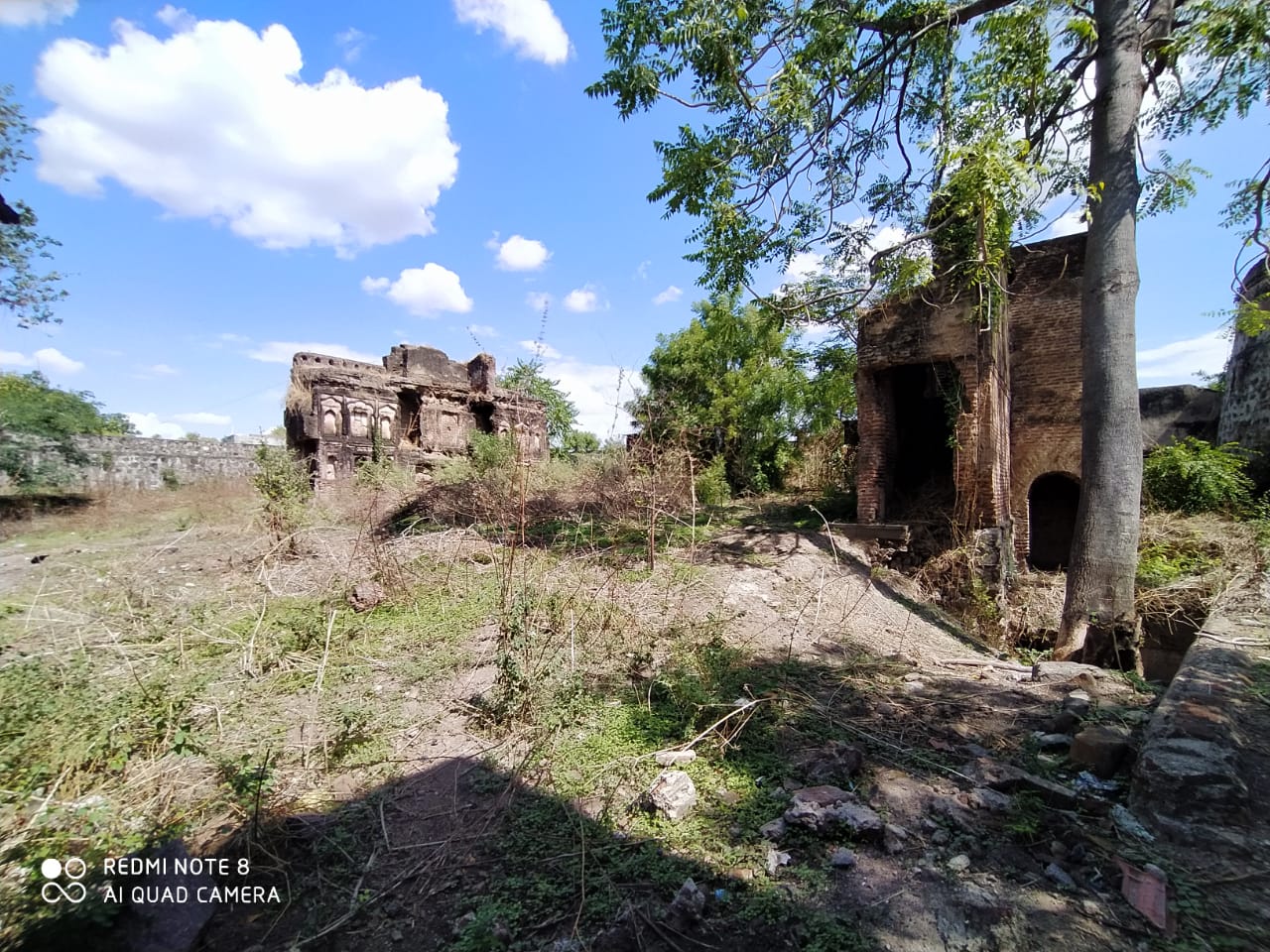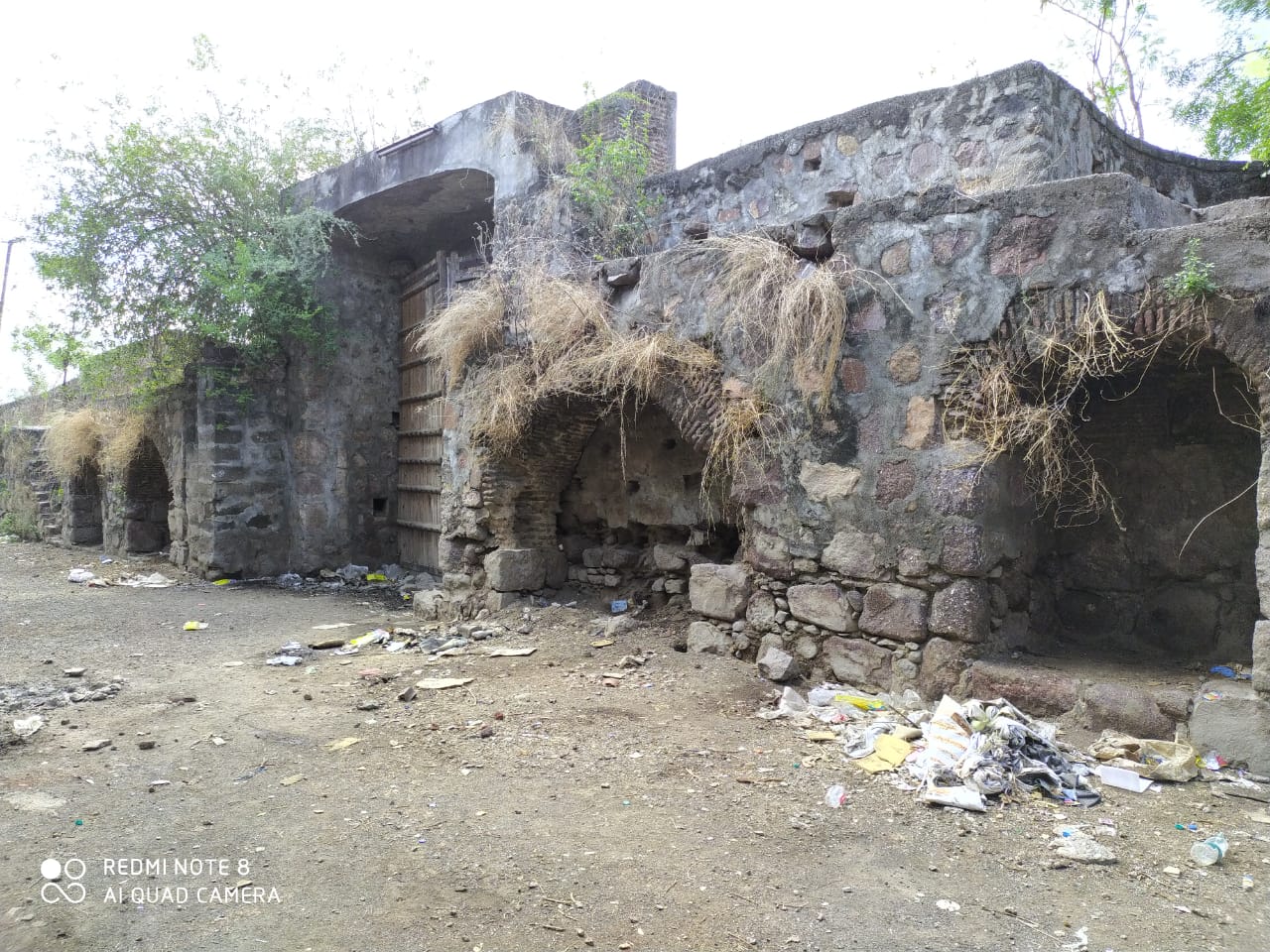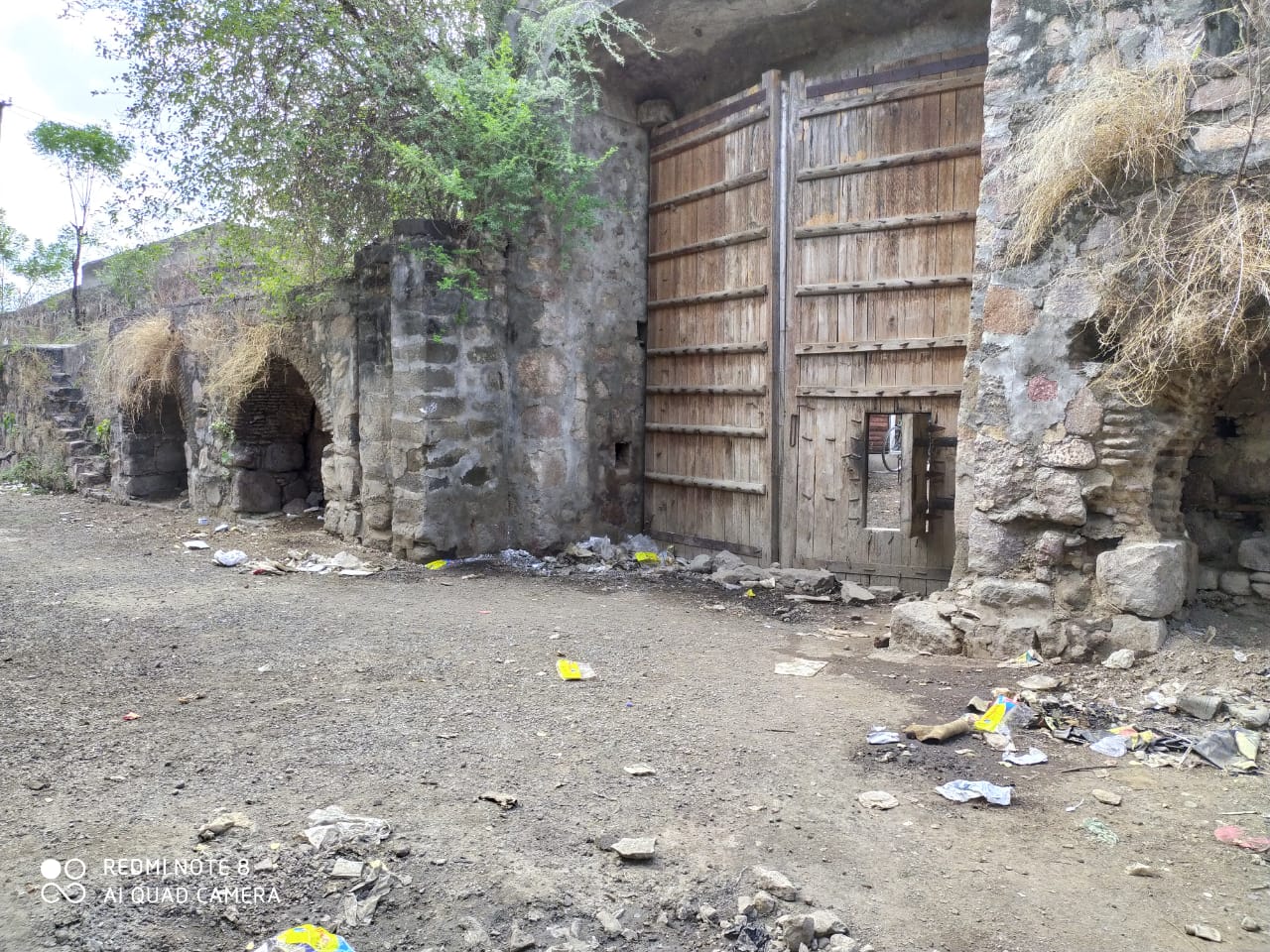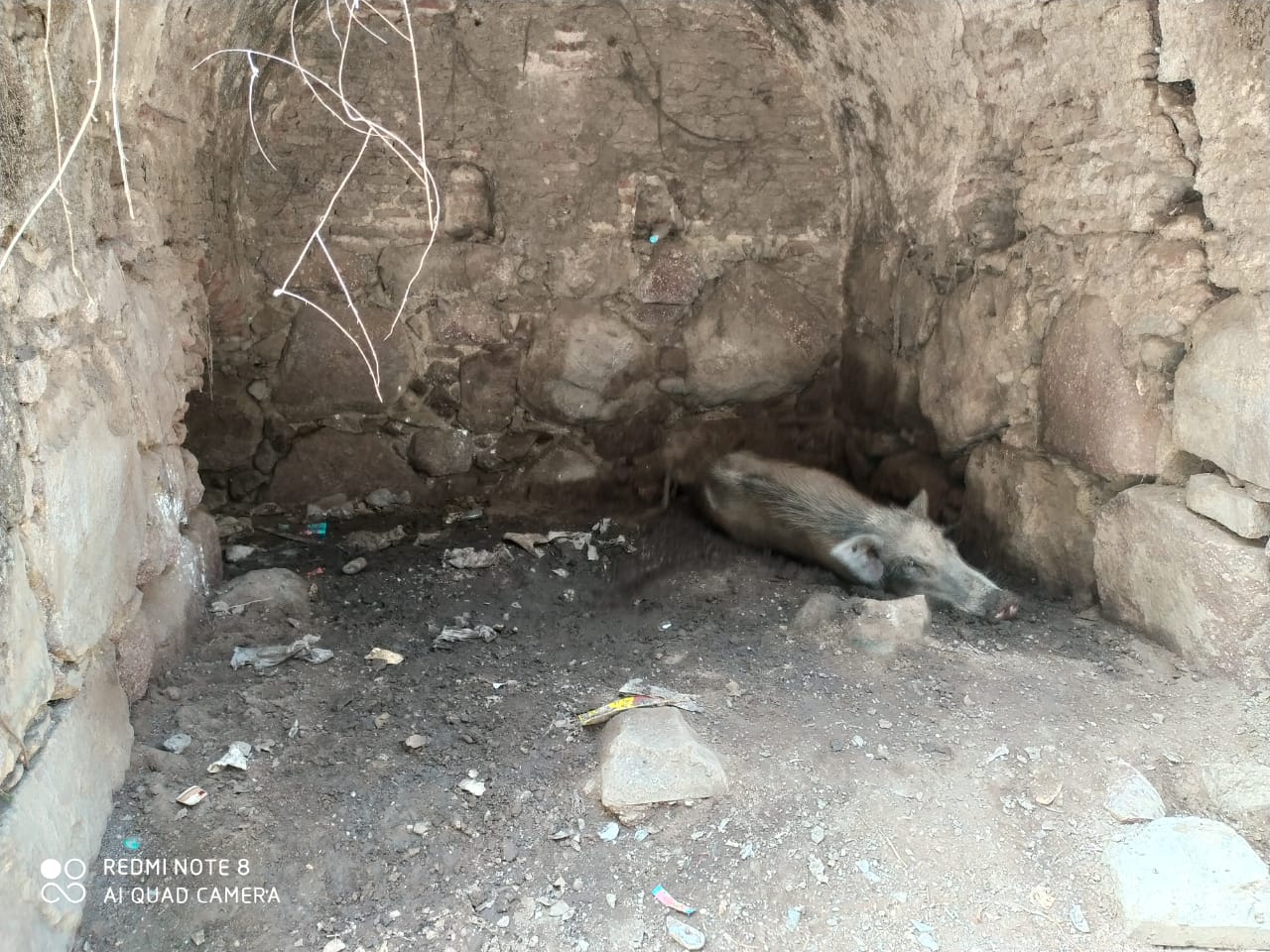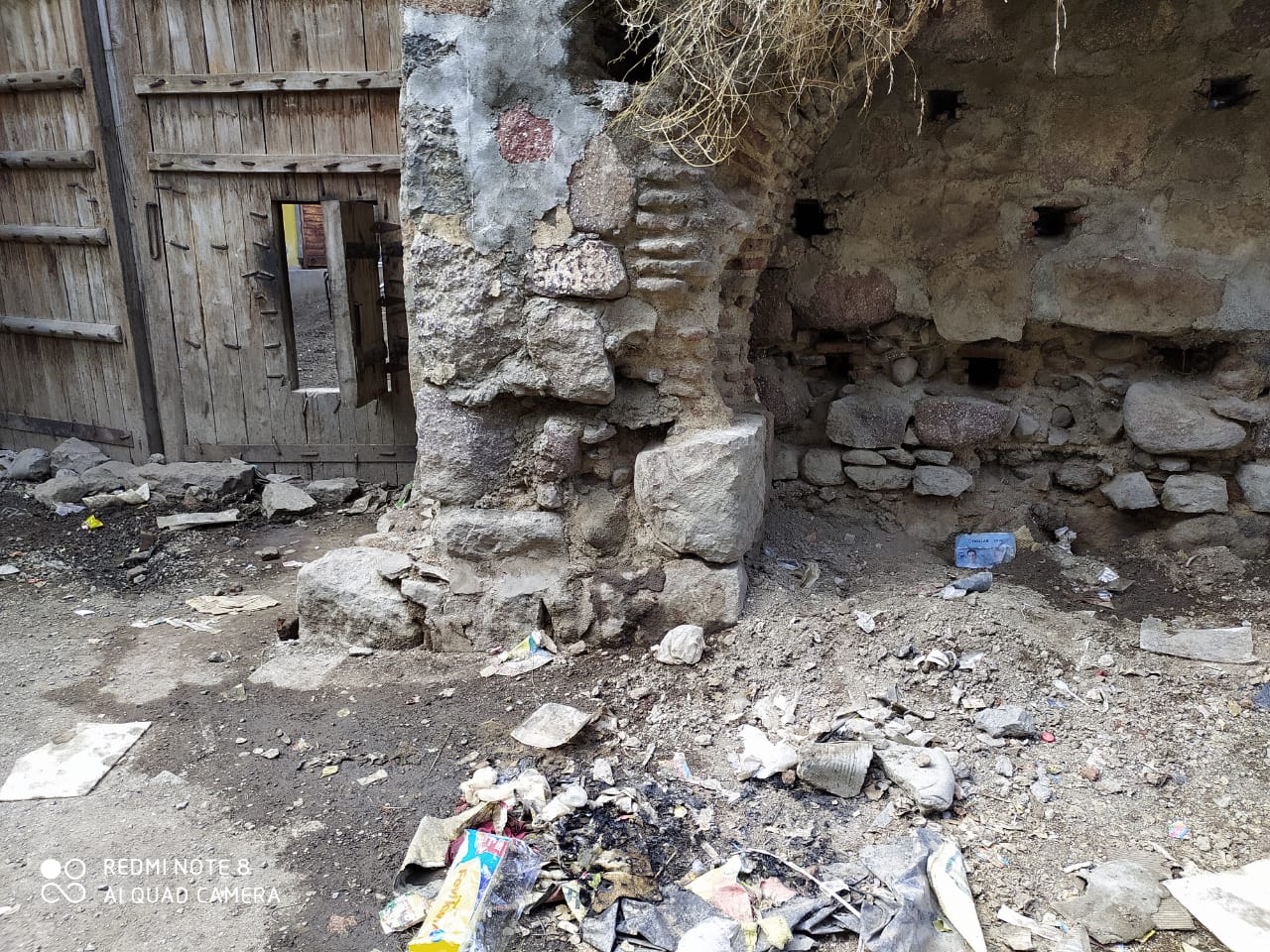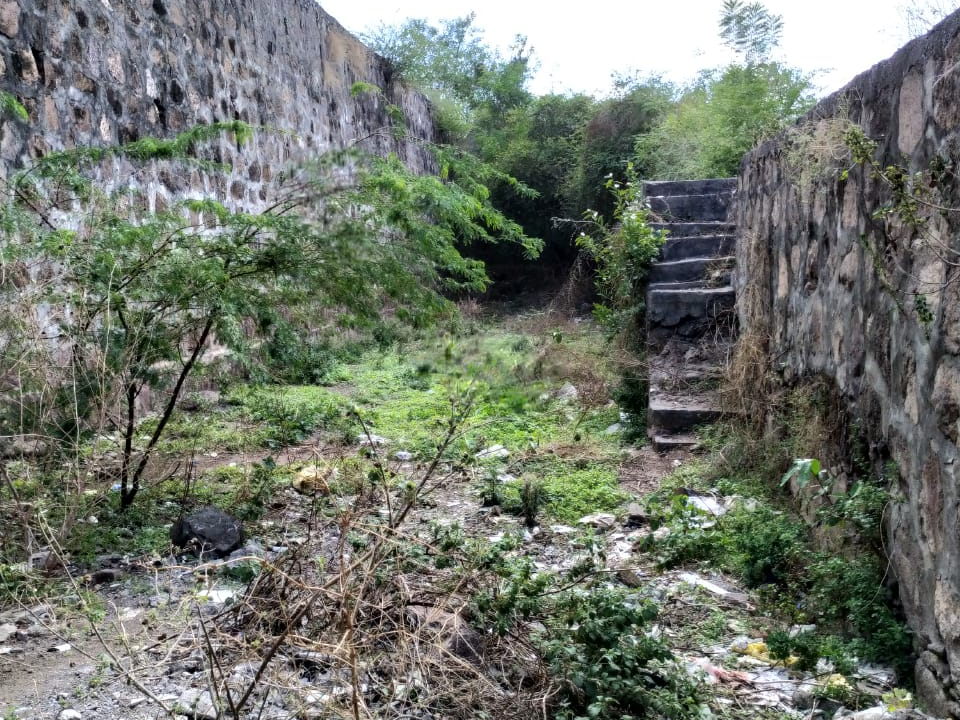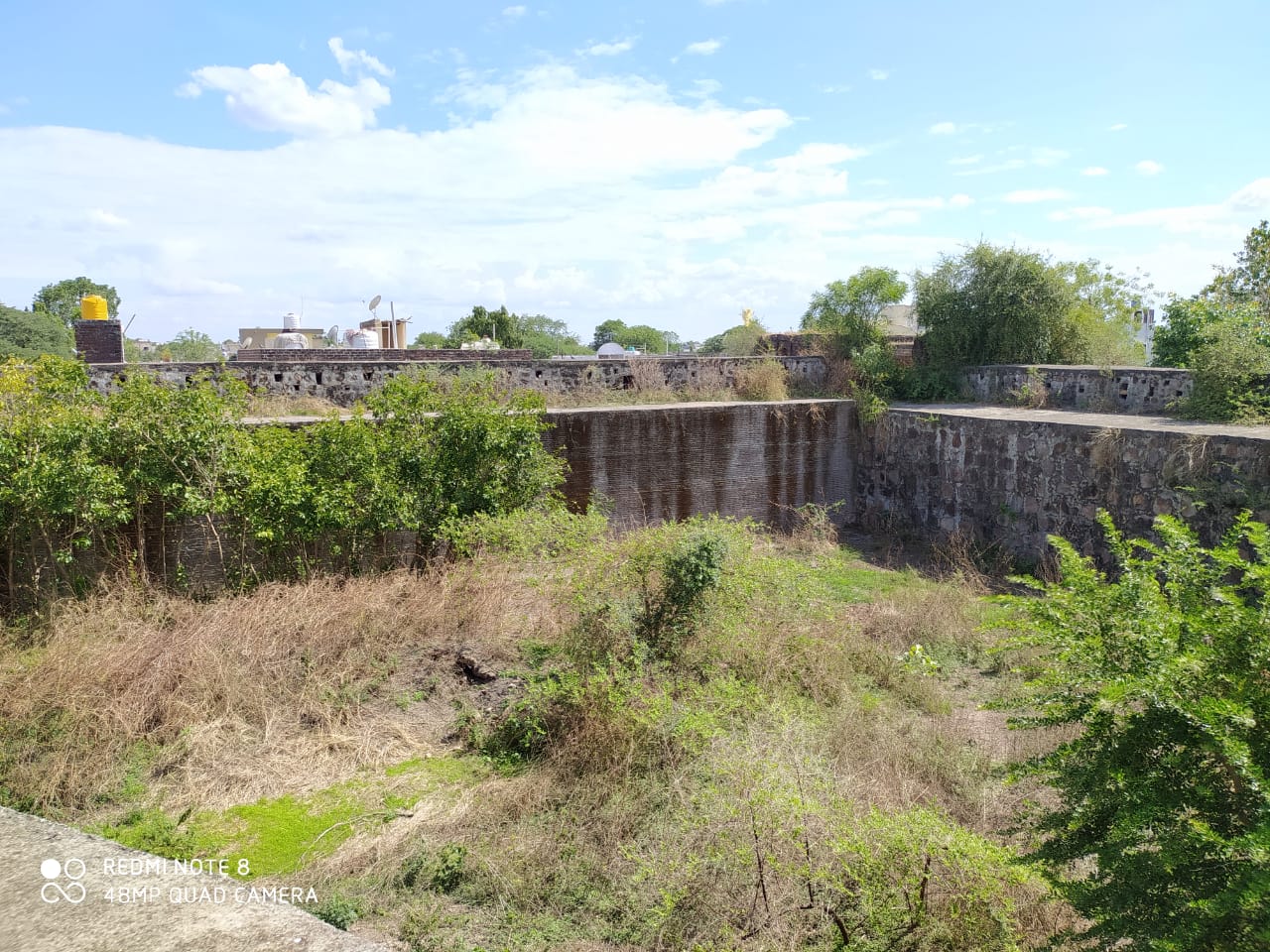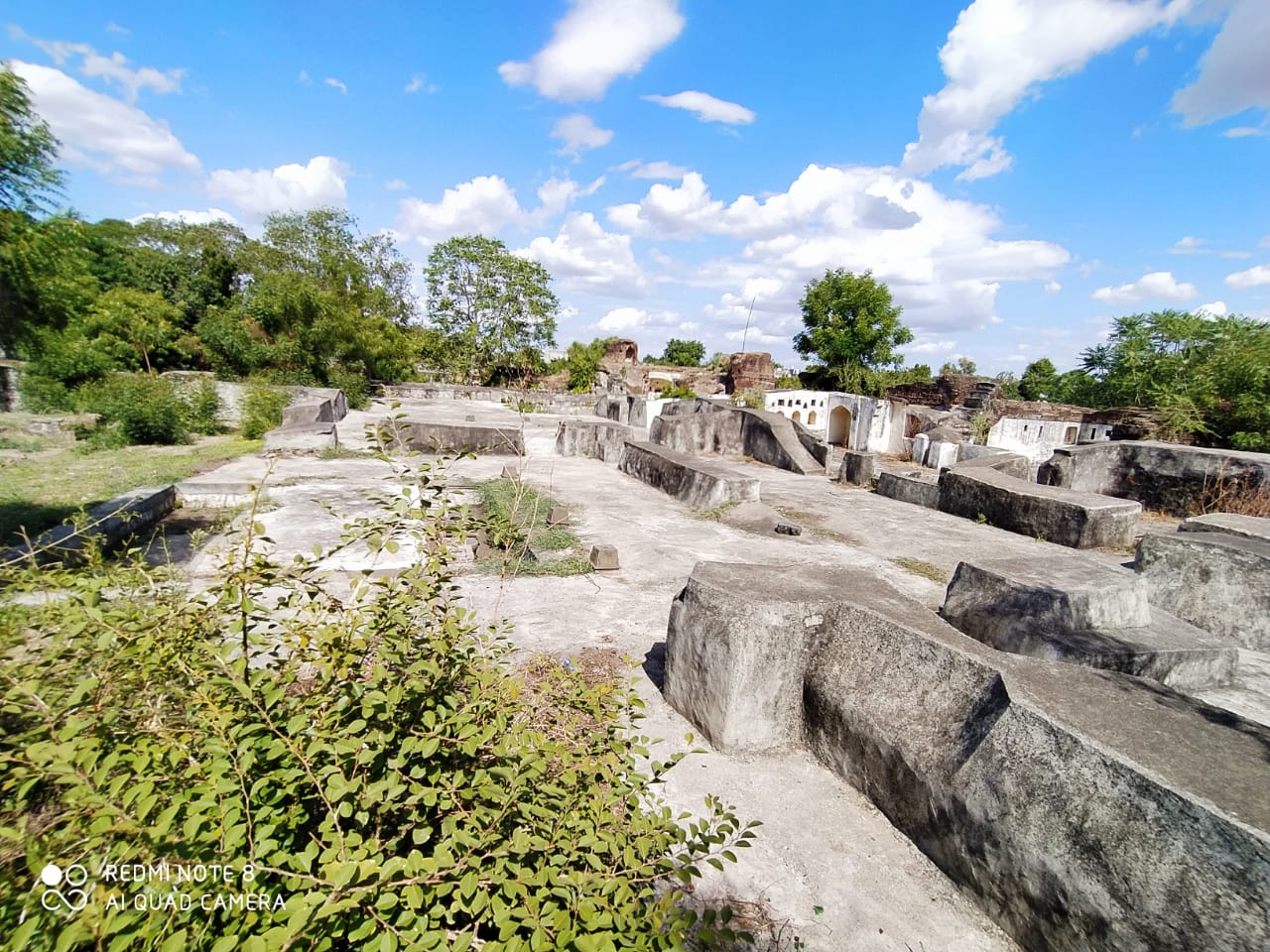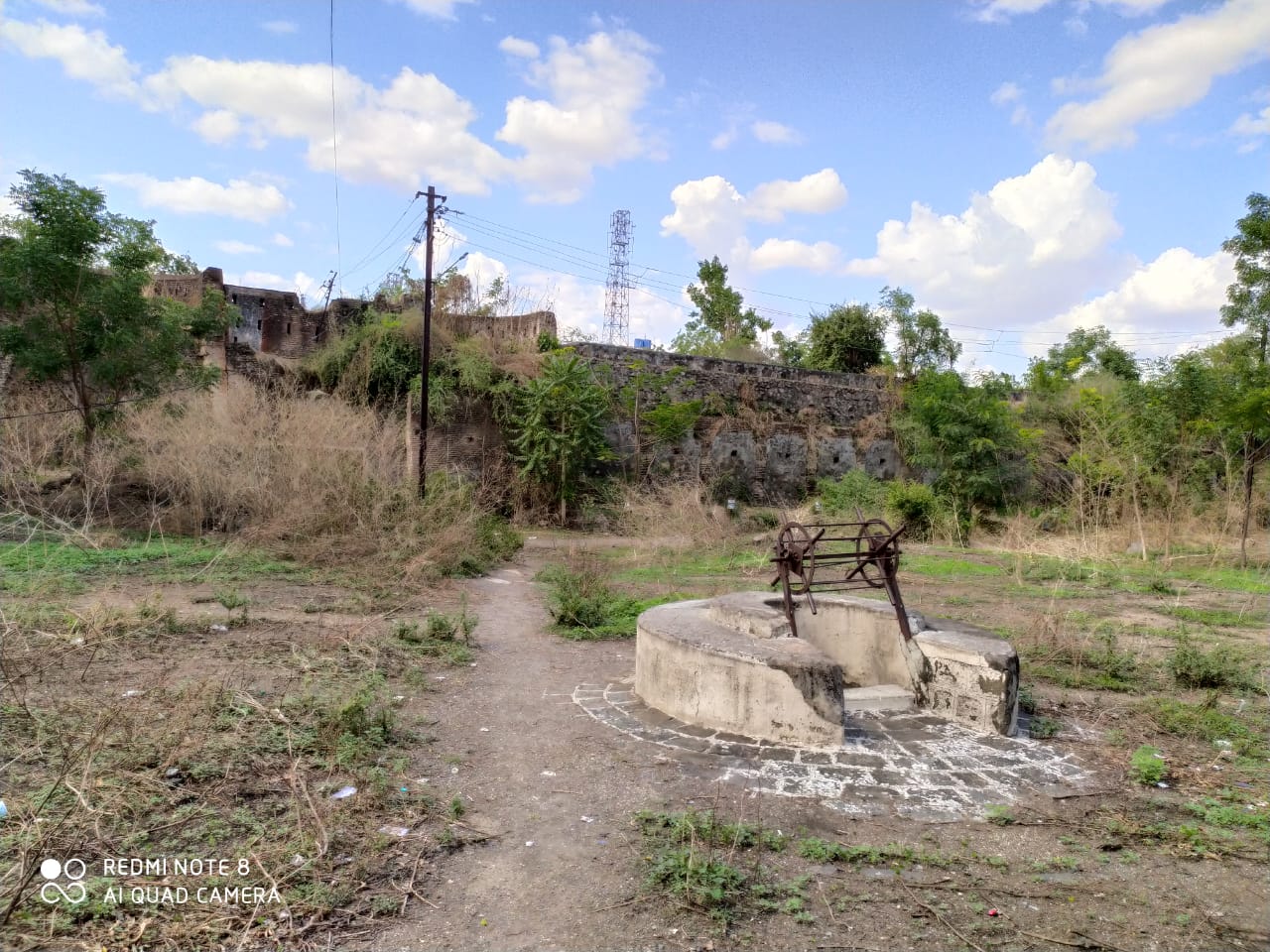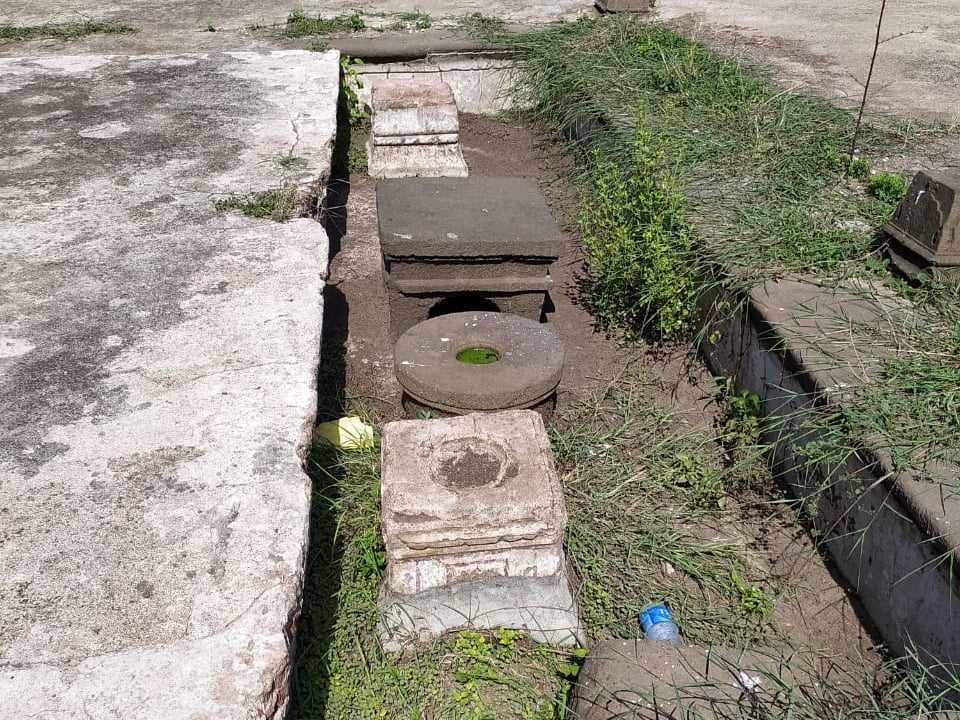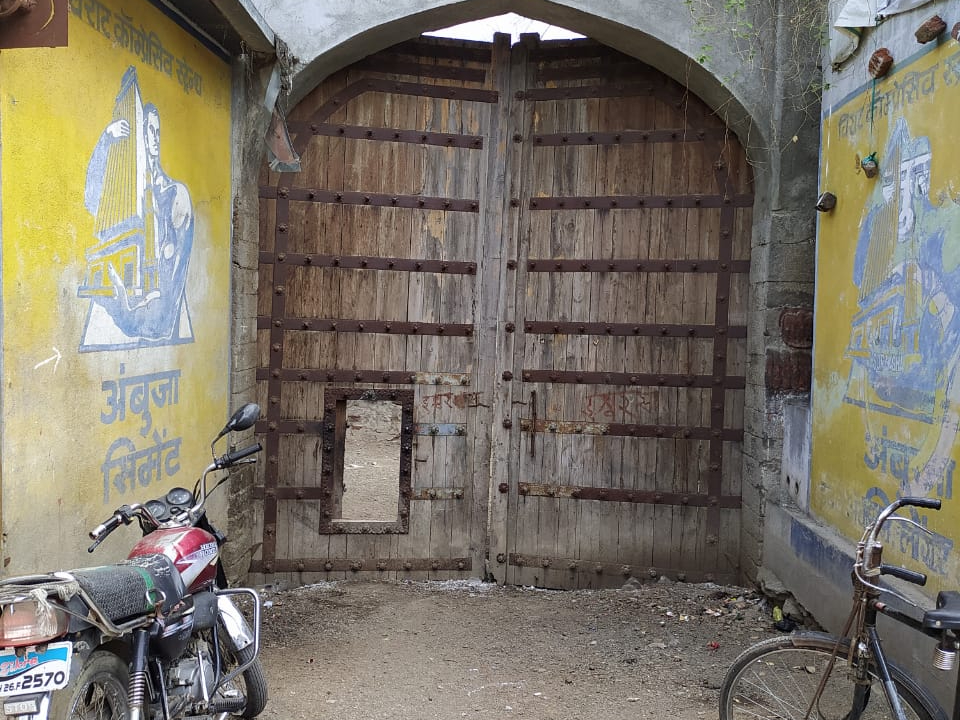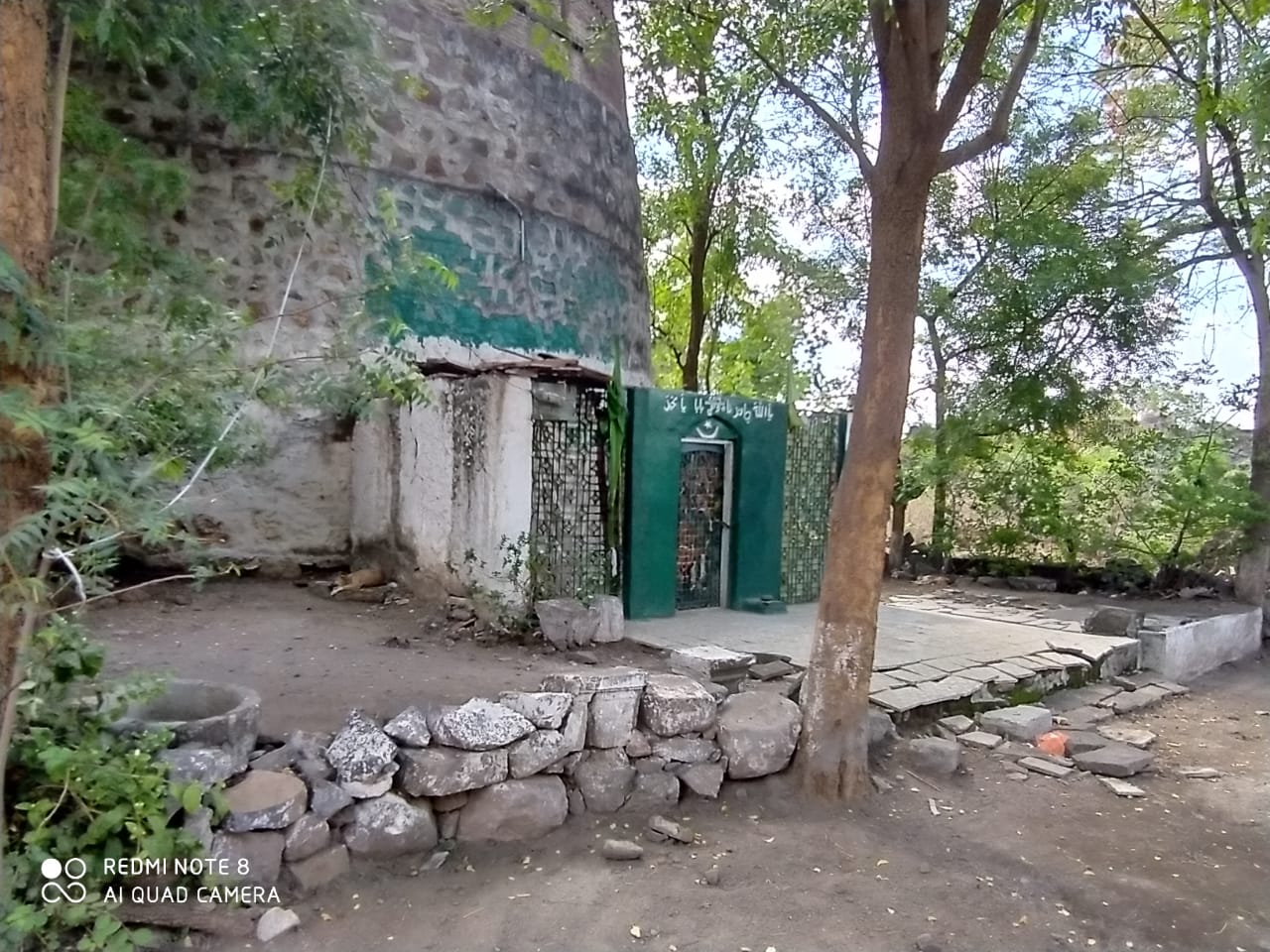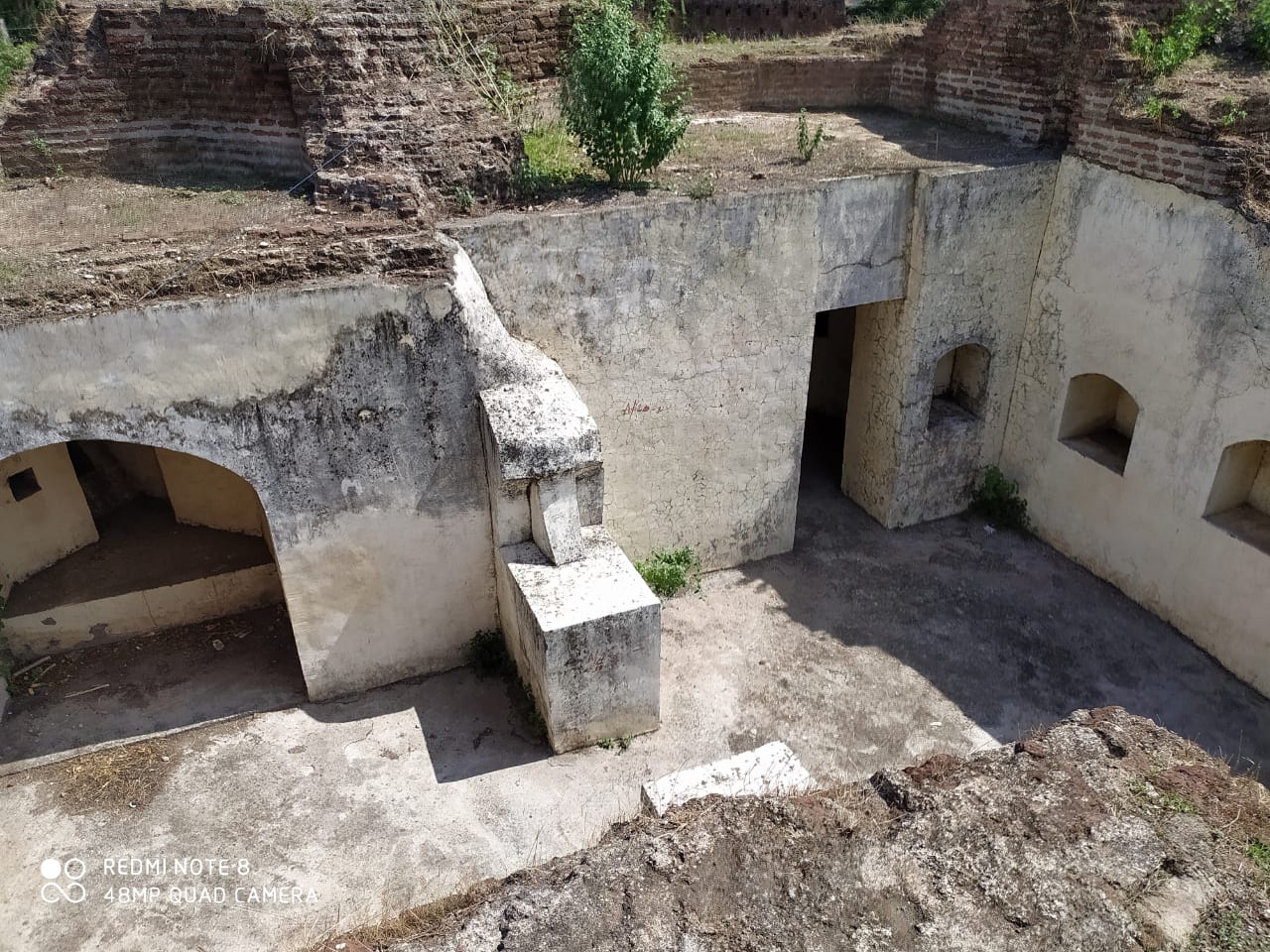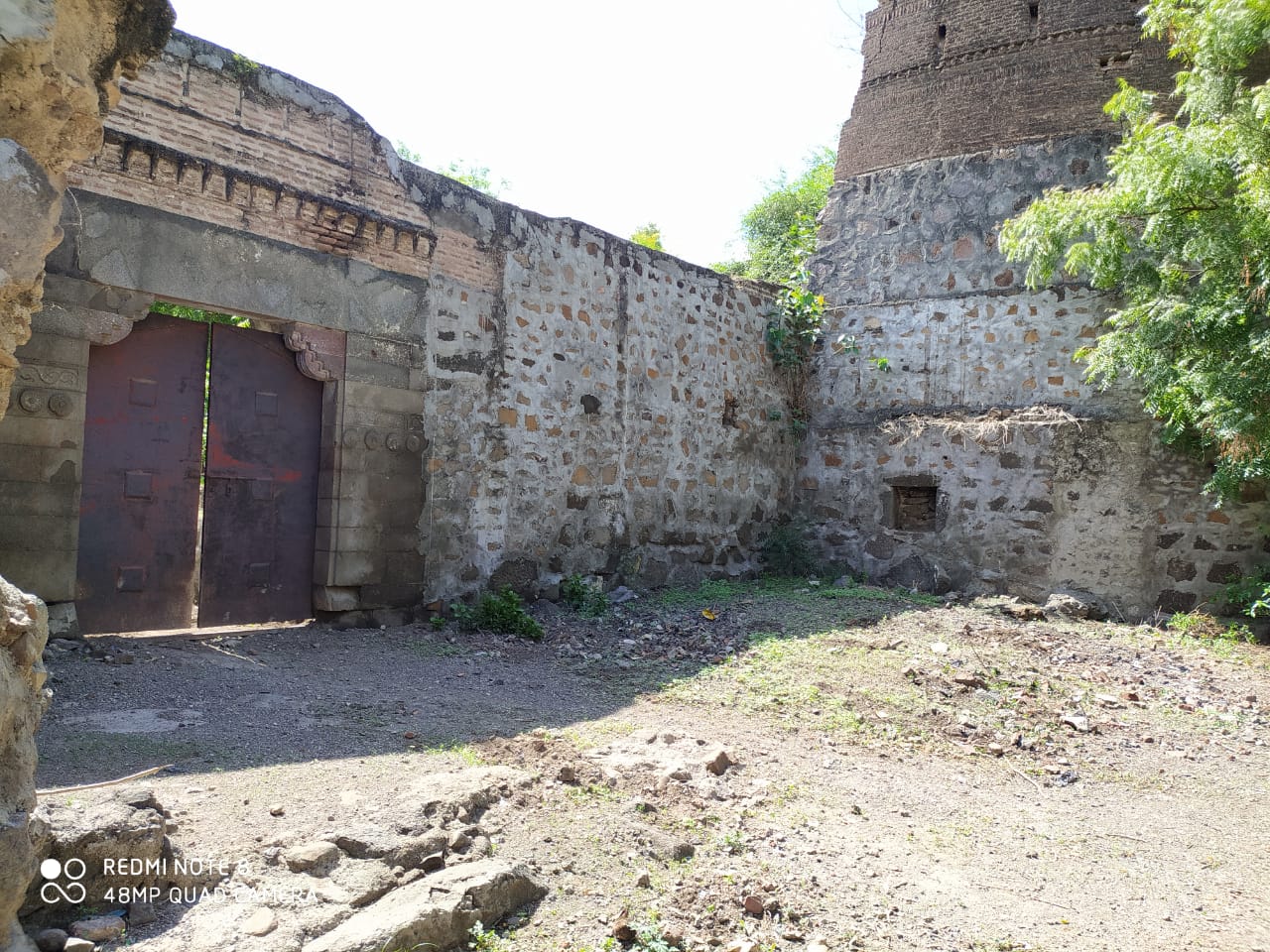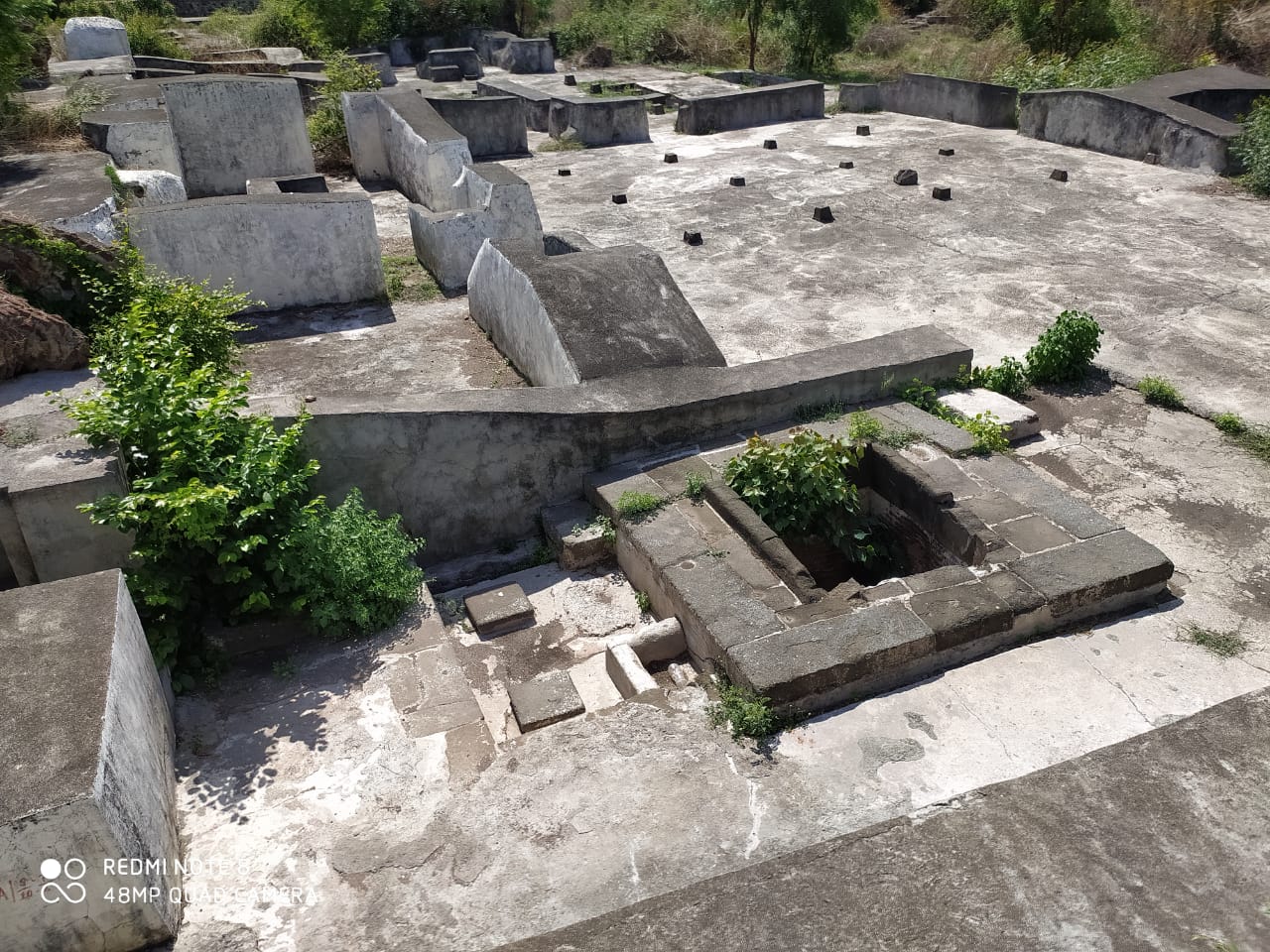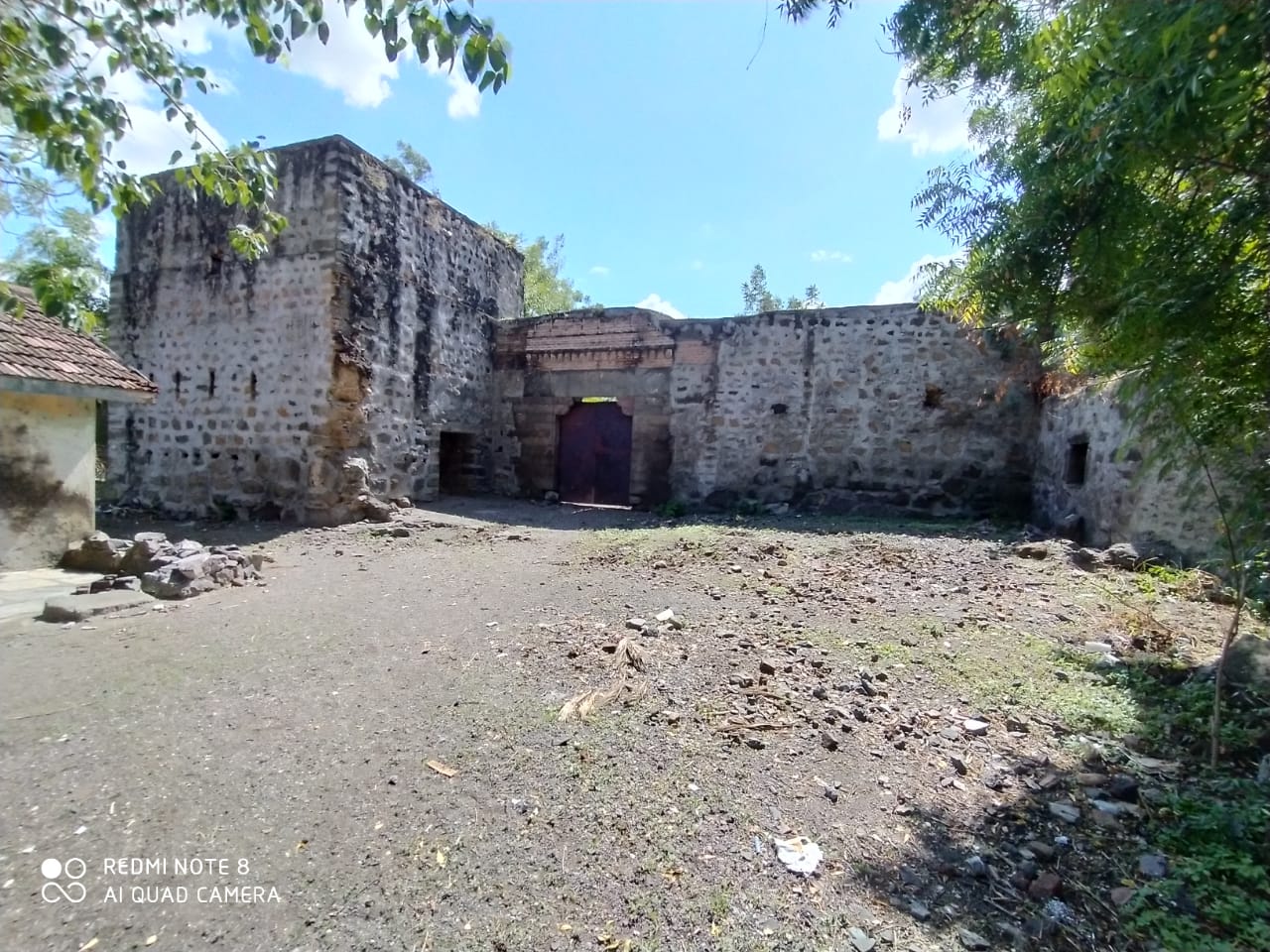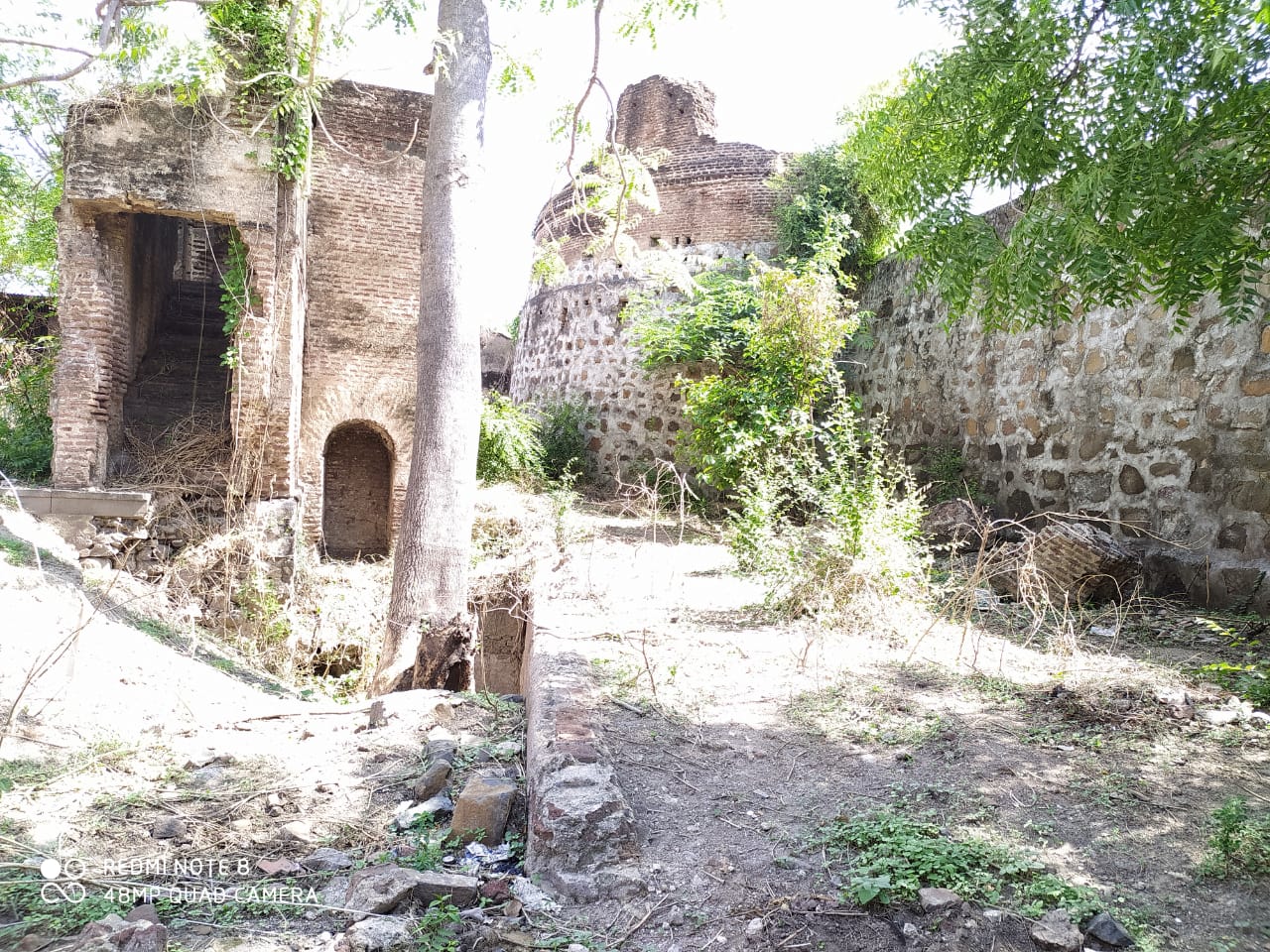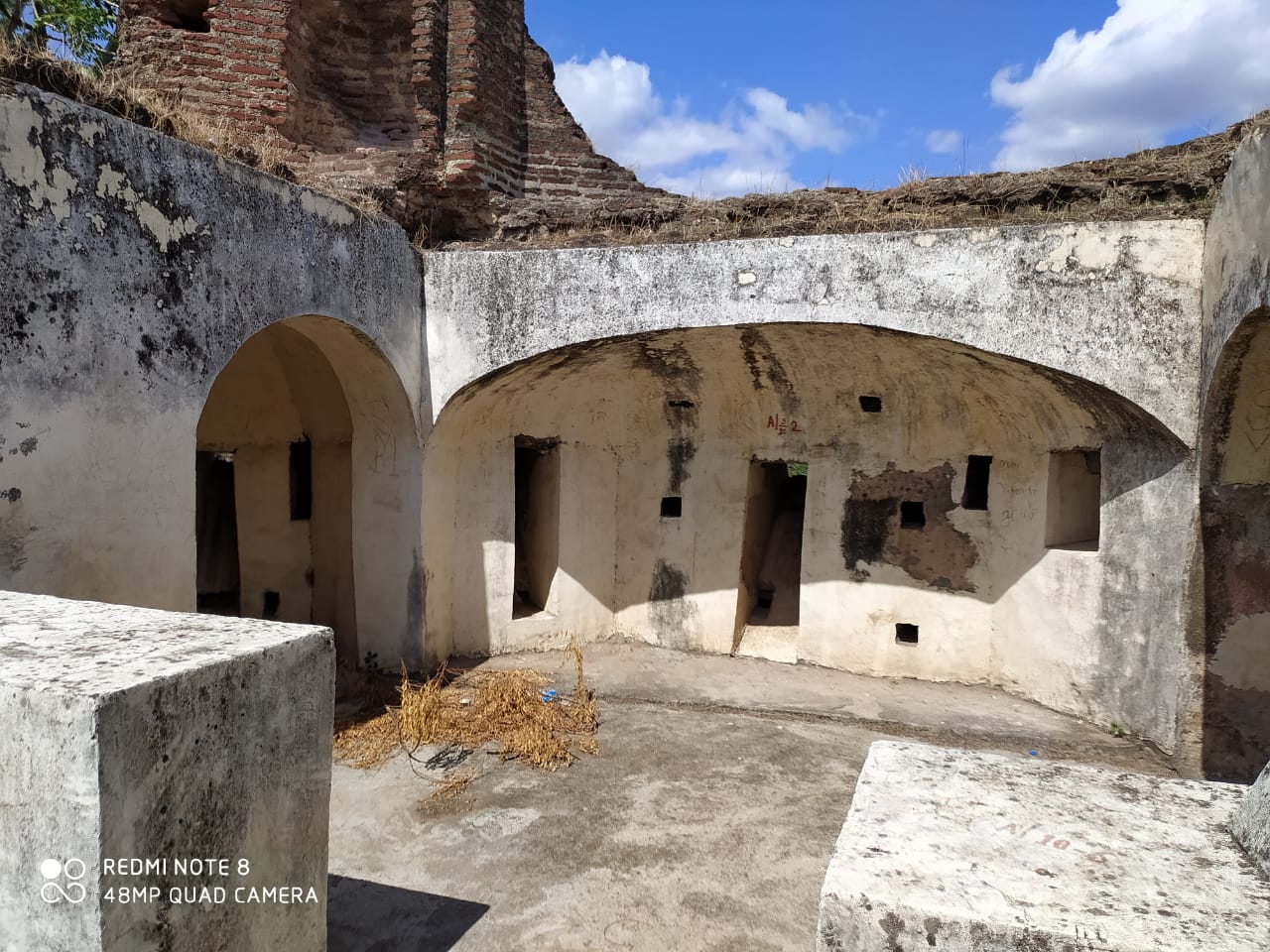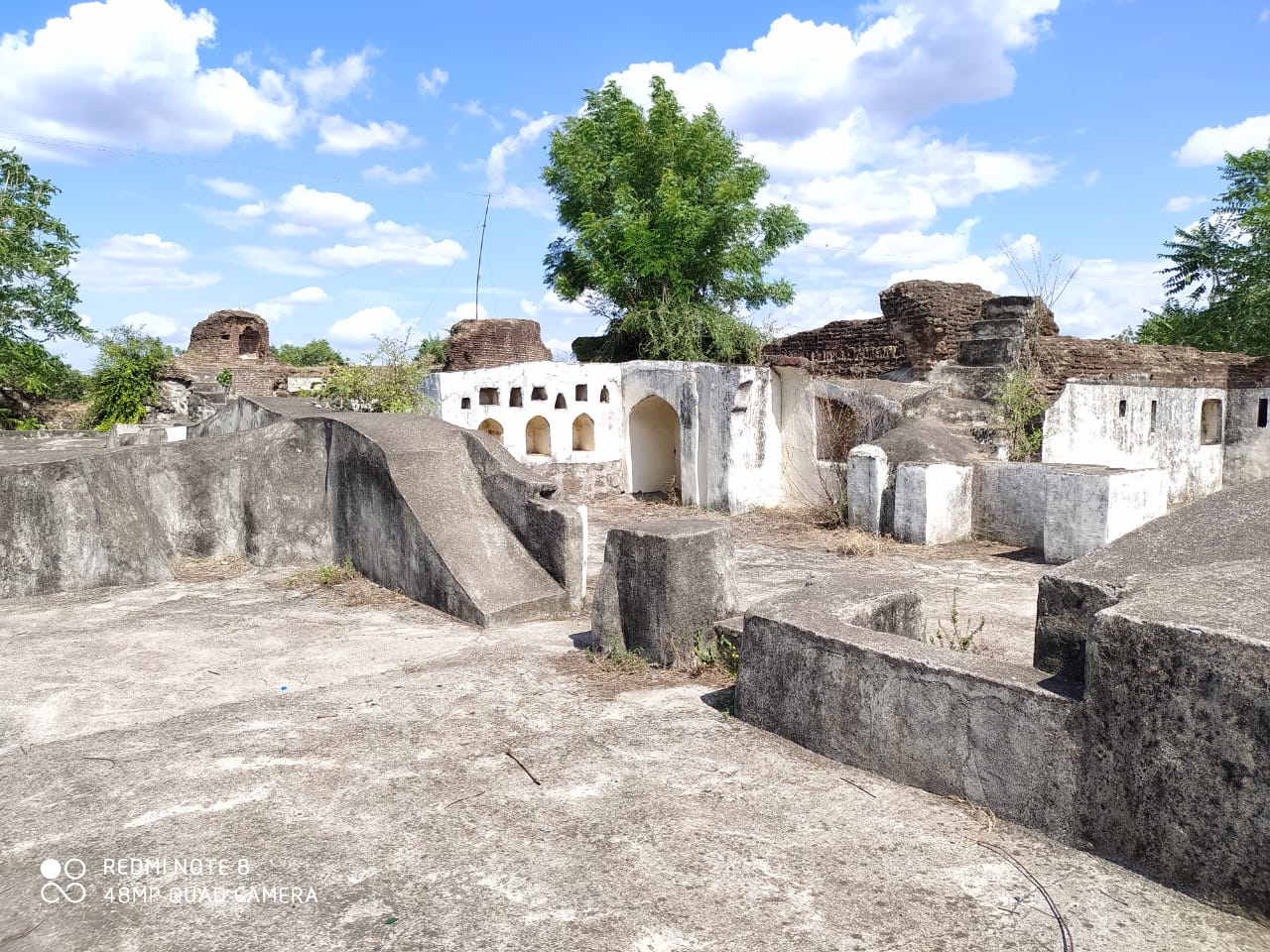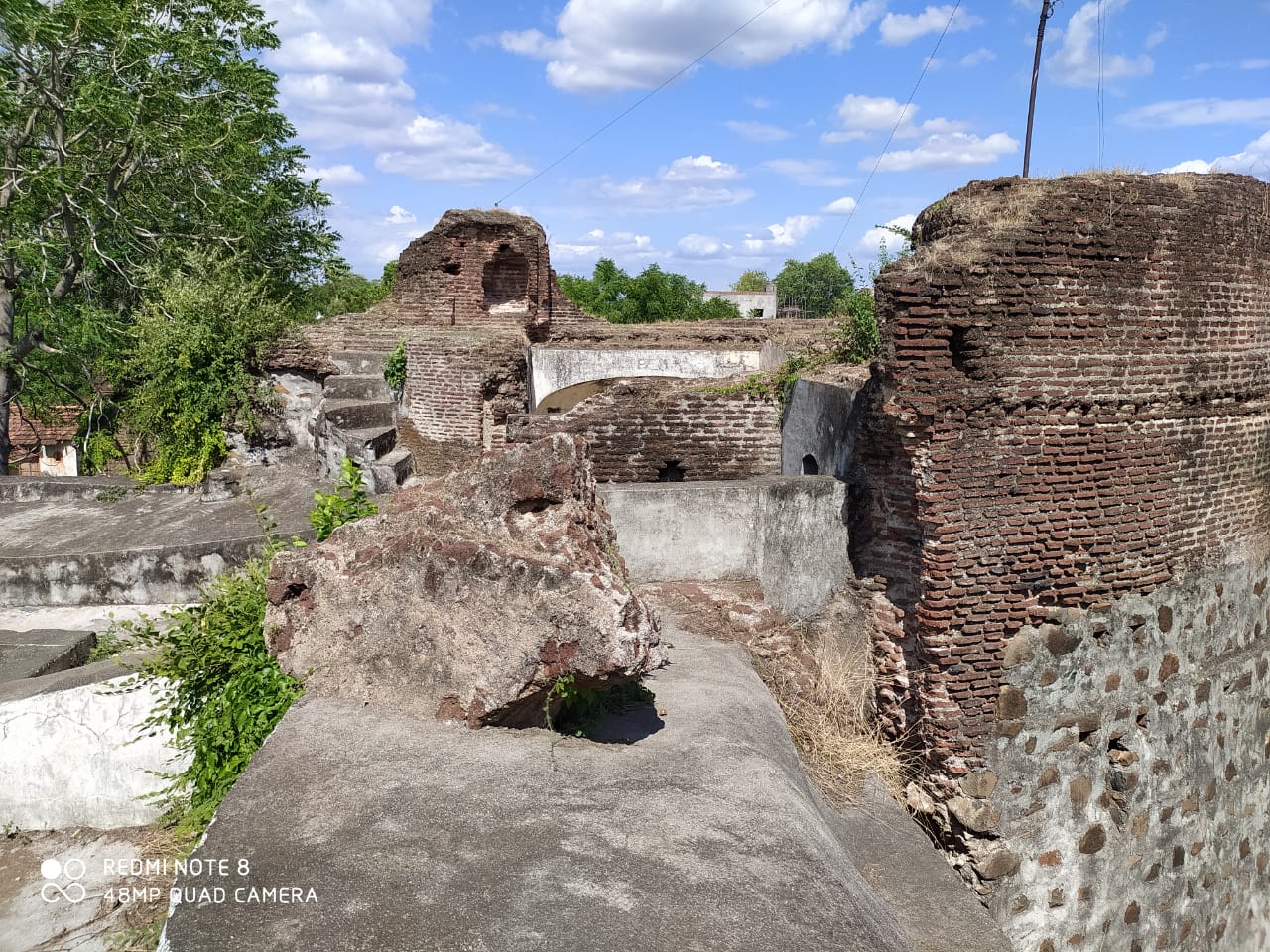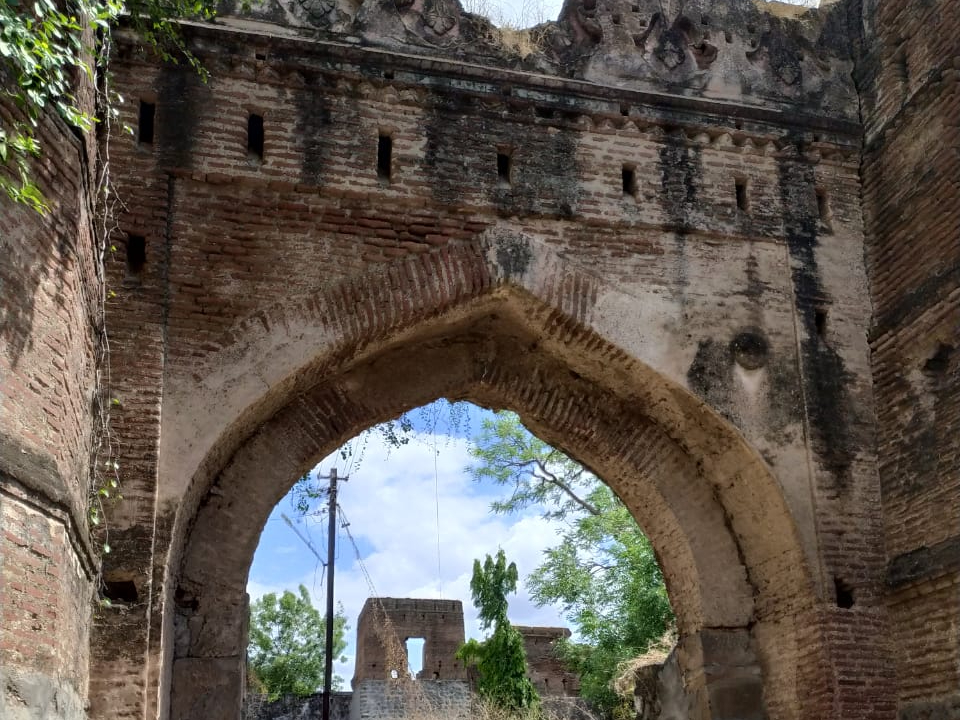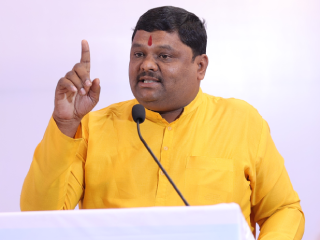Bharat, especially the State of Maharashtra has a rich history of several forts. These forts are not only gifted with nature’s beauty but every fort has its own unique history of bravery and sacrifices. In fact, it is our duty to pass on this invaluable historical legacy to our future generations. The fort of Parola in Jalgaon district, built during the glorious era of the Peshva’s, is one such historical heritage. The Archaeology Department has been saddled with the responsibility of maintaining and preserving this fort.
Glorious history
The history of this fort built in the 18th century is quite glorious. Records state that this gem of Parola was built by a vassal of the Peshwas, Hari Sadashiv Damodar, in 1727. During Nevalkar’s time, Parola flourished as a big marketplace. In 1818, the British defeated the Marathas and Hindavi Swarajya perished. The British took over the whole of India. In 1821, discontent simmered against the British in Parola and its surrounding regions, leading to a revolt against the British. There was an attempt to slay Captain Briggs. The British deemed Lalbhau Jhashikar, who was in charge of the fort, as the culprit and wrested control of the fort. Later, during the revolt of 1857, the Parola’s castellan (killedaar) was accused of helping the Queen of Jhansi. The British confiscated the Jehagirdar’s wealth and property for this ‘act of treason’. In 1859, the British took over the fort and the town. In 1860, the jahagirdari system was ended. During this period, many people were hanged by the British in this fort. The British also inflicted damage to the fort. One can see the damaged remnants of this fort, even today. The descendants of Rani Lakshmibai’s paternal family, the i.e. Tambes, still live in Parola.
Moat
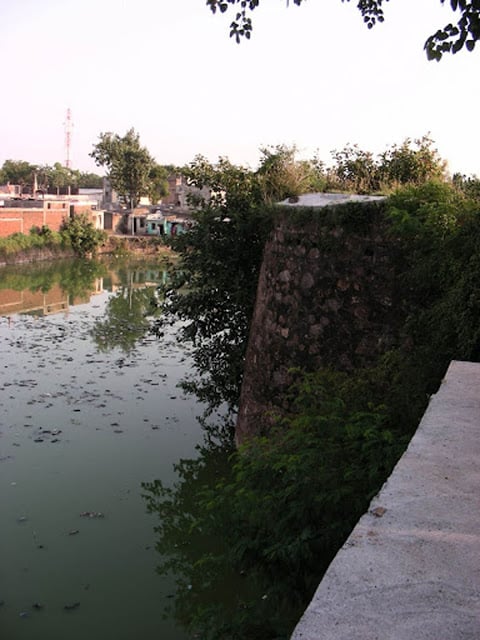
There is a 20 ft deep, stone built, moat that goes around this fort. Crocodiles were bred in this moat to prevent the enemy from breaching the fort through the water. Presently, the area leading to the moat has been encroached upon, so it is not visible from afar. With the encroachments, the once formidable moat has now turned into a garbage dump.
Inside the fort
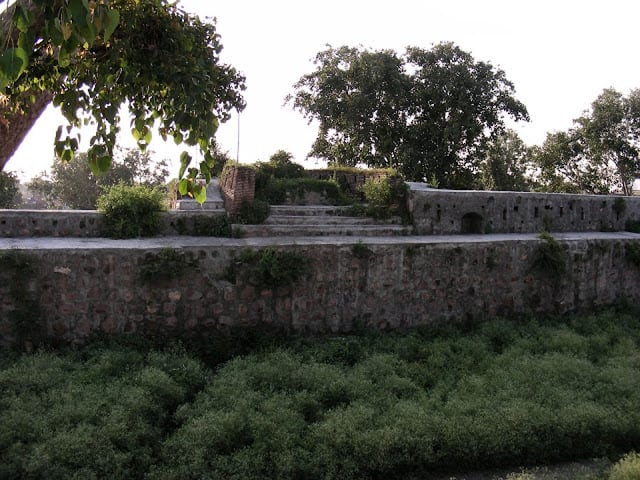
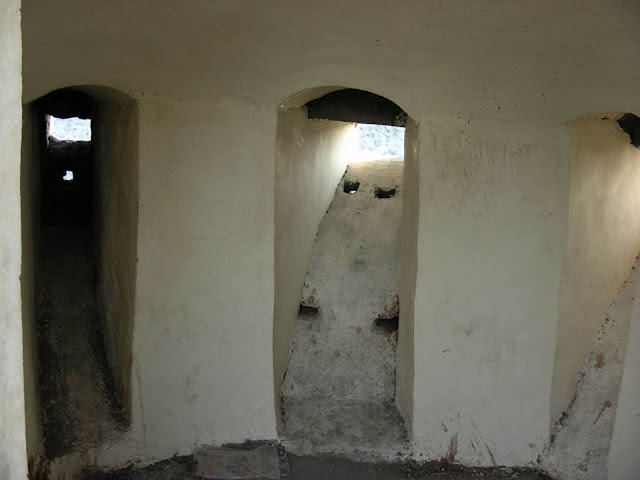
On entering the fort, there used to be a place for the guards on both sides. There are stables for horses next to the guardhouse. The fort had 20 ft high crenellated (gaps to shoot guns through) ramparts with walkways (फांजी). There are 11 towers in the ramparts.
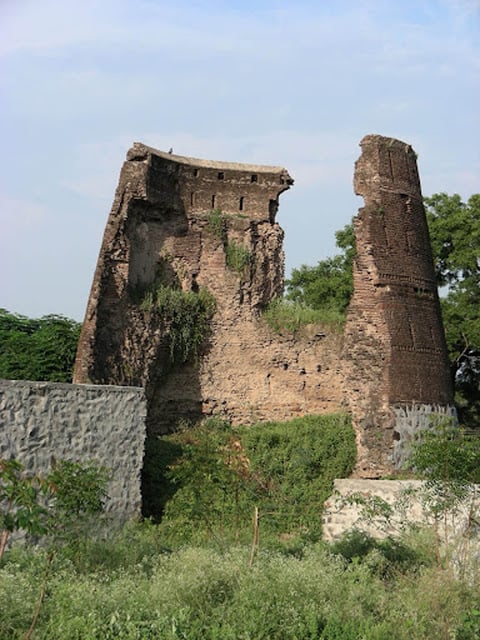
These towers were destroyed by the British who dug them up while seeking hidden treasure.
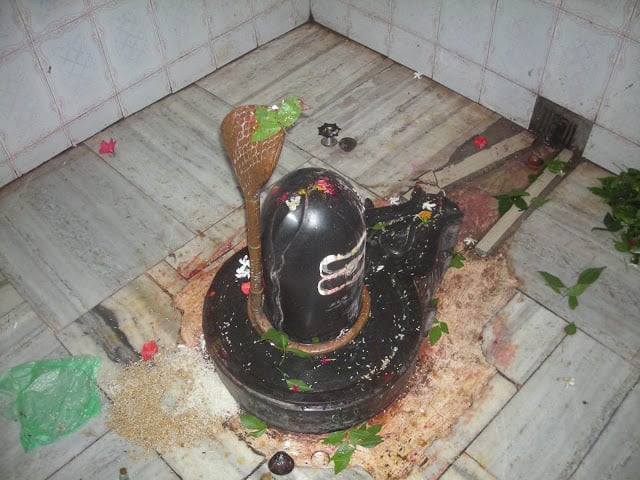
There is a Mahadev temple on the east. There is a tunnel to go to this temple. The tunnel is tall enough to accommodate a person riding a horse. Its length is 8 kms and it is said that it opens in the Nageshwar temple. Signs of the tunnel are seen even today at two places in the fort. There is a temple of Ganapati near the fort’s watchtower. Two water tanks and 10 wells built long ago are still visible today. These and the presence of a water-wheel on the fort’s premises all indicate that the denizens of the fort had ample access to water.
Extreme state of uncleanliness
There is absolutely no maintenance of this fort which has led to extreme uncleanliness. Many parts of the fort have fallen and it looks decrepit due to thick growth of trees and creepers. Some people use the fort even today as a lavatory. They are not bothered about anything; they don’t require permission to enter the fort. Many people go there to drink, gamble, and rest. There is filth and trash spread everywhere in and around this fort and surrounding areas. Many pigs have made this heritage site their home.
There is not a single board anywhere in the fort which gives the history of this fort. It is but natural if one wonders about the duties of the Archaeology department, considering the pathetic condition this fort is in.
It has been observed that there are several historical temples, forts and samadhi-sthal which are in a pitiable condition. So Parola Fort is not an isolated issue. The Archaeology Department’s complete disregard of these places; and the common man’s indifference towards this issue are equally to be blamed. So now, we will have to unitedly put in efforts to preserve such historical heritage sites.
Recently, the honourable Chief Minister of Maharashtra, Uddhav Thackeray, has initiated steps to maintain the sanctity and to preserve forts. He also appealed to the people who patronise forts, to send their suggestions on this issue to the Chief Minister’s Sankalp Kaksha (Cell). People of Maharashtra expect swift steps to protect and preserve forts, especially with the government being helmed by a party that follows the path shown by Chhatrapati Shivaji Maharaj.

